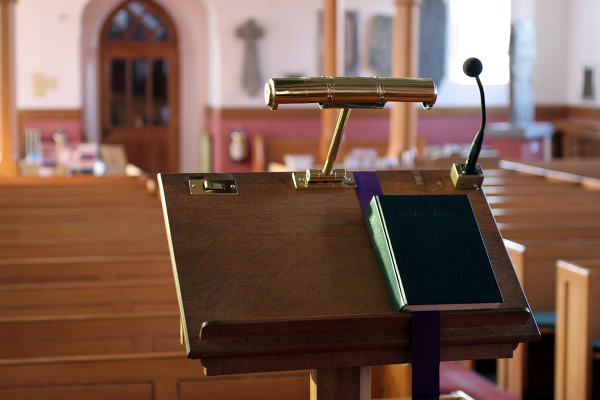New Investigation: Gulf Oil Spill Blamed on BP
While images of oil-covered birds and tar balls washing onto formerly pristine beaches are still fresh in the minds of the nation, the finger is now pointing to oil giant BP who is to blame for the massive oil spill in the Gulf, according to a report from oil driller Transocean Ltd., issued on Wednesday.
Transocean, the owner and operator of the drilling rig that caught fire killing eleven and dumping millions of oil in the Gulf, issued a list of specific reasons why BP was primarily responsible for the Gulf oil spill and the investigation reveals what triggered the blast.
Transocean and BP are in the midst of serious legal battles over which company was responsible for the incident that caused an economic crash along the U.S. Gulf Coast region.
Transocean issued the shocking report after a lengthy internal investigation, using words like “faulty,” “created unnecessary risk,” “poor well design,” and “BP failed to properly assess…”
The company reveals in the report the initial causes of the explosion were basically connected to BP's design of the well, rather than the way its staff handled the incident.
The new report contradicts statements made last year when BP concluded that multiple parties were to blame and there were many causes of the accident.
The two companies have publicly fought on the topic as BP blamed Transocean for failing to recognize signs of oil and gas bursting into the well and up the pipe to the rig.
BP launched a $40 billion lawsuit against Transocean last year, alleging that the equipment provided by it was "unseaworthy."
However, Wednesday’s report shows Transocean hitting back, stating, "BP failed to properly communicate to the drill crew the absence of adequate testing on the cement.”
It says that the first failure in the well was the fact that oil and gas burst through the cement barrier at the bottom.
Rather than changing the design of its well, BP decided to use a "technically complex nitrogen foam cement,” the report said.
The contractor insists that the blowout preventer, which is the fail-safe device meant to stop explosions, was properly maintained on its rig.
Based on the new evidence, the investigation team determined that BP failed to properly require or confirm critical cement tests or conduct adequate risk assessments during various operations.
Transocean shows evidence against BP revealing the oil giant failed to "properly assess, manage and communicate risk to its contractors."
“For example, it did not properly communicate to the drill crew the absence of adequate testing on the cement or the uncertainty surrounding critical tests and procedures used to confirm the integrity of the barriers intended to inhibit the flow of hydrocarbons into the well," the report said.
There are now dozens of separate reports into what actually caused the oil rig explosion and ultimate oil spill last year.
The official U.S. Presidential Commission has also criticized BP, Transocean and Halliburton, who are all facing lawsuits.
BP officials declined to make a comment on Wednesday about Transocean’s findings.
In the meantime, BP struck deals to cut its liability for the spill with partner Mitsui & Co., which will pay $1.1 billion toward the clean-up costs, and another deal with oilfield services company Weatherford International Ltd., who has agreed to pay $75 million, according to a BP spokesperson.
Meanwhile, Tony Hayward, the former boss of BP, will likely be summoned by U.S. lawyers to give further evidence to a Texas court about last year's Deepwater Horizon disaster.
The case, led by investors in the oil group, has been filed against various defendants, including BP and Hayward over the adequacy of the group's safety measures and its historical safety record.
Media reports conclude that the expected summons follows a deposition given by Hayward last month to Louisiana litigators over combined compensation claims against BP, which allege personal injury, wrongful death and property damage.
To view the actual report by Transocean Ltd. visit: http://www.deepwater.com/






















